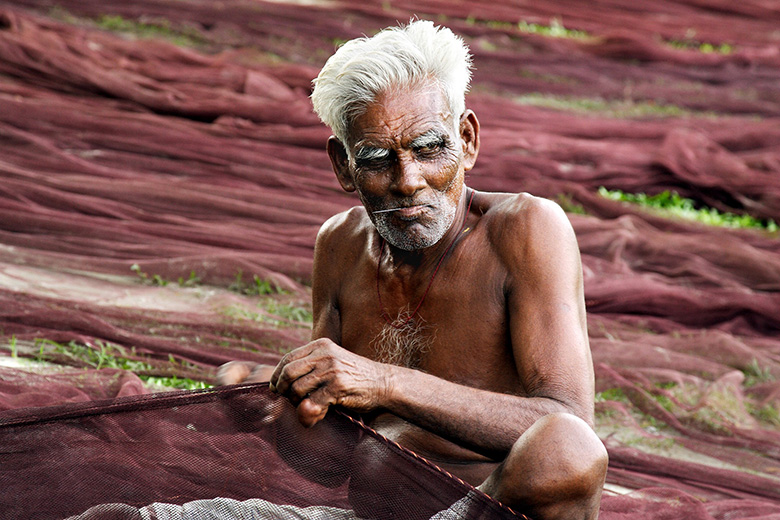Net worth: Employment is on the up in Bangladesh
The EBRI Q1 results show Bangladesh moving from tier-two to tier-one status for the first time since signing 27 agreements with China in 2016 for investments and loans worth approximately $20 billion to $25 billion.
It is among the majority of countries (53 out of a total of 68) that have shown improving year-on-year index values, and is one of only three tier-one countries, alongside Ethiopia and Laos, showing the most impressive gains.
These rapid gains are understandable to M Nicolas Firzli – director-general of the World Pensions Council, and advisory board member of the World Bank Global Infrastructure Facility – who was one of the original coiners of terms such as the ‘New Silk Road’ and ‘infrastructure-driven development’.
“Not surprisingly, such a massive injection of net-new direct investment money in relatively small or mid-size economies in just five years, from 2013 to 2018, has had a positive effect on long-term growth and economic attractiveness,” he says.
“The intensity and duration of that important trend has been enhanced by the long-lasting trickle-down and multiplier effects of infrastructure investment in emerging markets.”
High achievers
As for Bangladesh, like so many other countries, its investor profile has been enhanced in terms of its growth rates and risk metrics.
The Bangladeshi economy has grown by an average of 7.1% per annum in real terms for the past five years, according to figures published by the IMF in its latest World Economic Outlook.
Economic growth has even accelerated above 7% since 2016, when China first started investing there, helping to alleviate concerns the BRI might be creating a debt trap, which China strongly refutes.
Bangladesh is, along with India, one of the fastest-growing economies in Asia.
Naturally, it is creating more jobs and contributing to the goal of achieving developed country status by 2041 – coinciding with the country’s 70th anniversary of independence.
A similar pace of economic expansion (7% five-year average) is observed for Laos – while Ethiopia has grown by a whopping 9.3%, making it the fastest-developing country in Africa.
The IMF’s latest forecasts suggest these countries will continue to expand vociferously over the next five years, underpinned by Chinese investments.
In Ethiopia, the government is embarking on a notable privatization drive, selling key stakes in the national airline, telecoms firm, electricity utility, and shipping and logistics company.
There are plans to improve the regulatory environment to facilitate business start-ups, and make financing more accessible, while also securing port deals with neighbouring countries to provide key access for seaborne freight.
Morocco, a tier-three country, has seen gradually improving year-on-year index values.
Economic growth struggled in 2016, but recovered rapidly.
The government has maintained a positive business environment, and with greater political stability than its neighbours, Morocco has seen a rise in Chinese investment, especially in the technology and tourism sectors, the road and rail infrastructure, and food exports.
The same is true of Madagascar.
Its economic growth has accelerated in recent years, from 2.2% in 2013 to 5.2% in 2018, supported by tourism, and exports of nickel and vanilla.
Regional shifts
Underpinned by rising values for Israel, Lebanon and Iran, and Gulf States slowly recovering thanks to higher oil prices, the aggregate Middle East index value has risen above 100 for the first time.
Saudi Arabia and United Arab Emirates are among the countries that have moved from tier three (declining) to tier two (improving) – along with Serbia and Madagascar.
Clearly, the negative oil shock impeded the region’s progress, but with GDP growth rates now on a positive trajectory, the Middle East EBRI has climbed above Africa’s for the first time.
And yet Asia remains the clear leader, with eight of the top-10 index values comprising Asian, mainly frontier markets – among them Laos, Nepal, Cambodia and Vietnam.
Others that are improving include tier-three Singapore and (now tier-two) South Korea, which along with Hungary and Saudi Arabia constitute interesting examples for those who follow the rise of “geo-economics”, says Firzli.
Results index
NOTE: If you want to trade at forex professionally – trade with the help of our robot forex developed by our programmers.
Signal2forex review


 Signal2forex.com - Best Forex robots and signals
Signal2forex.com - Best Forex robots and signals




